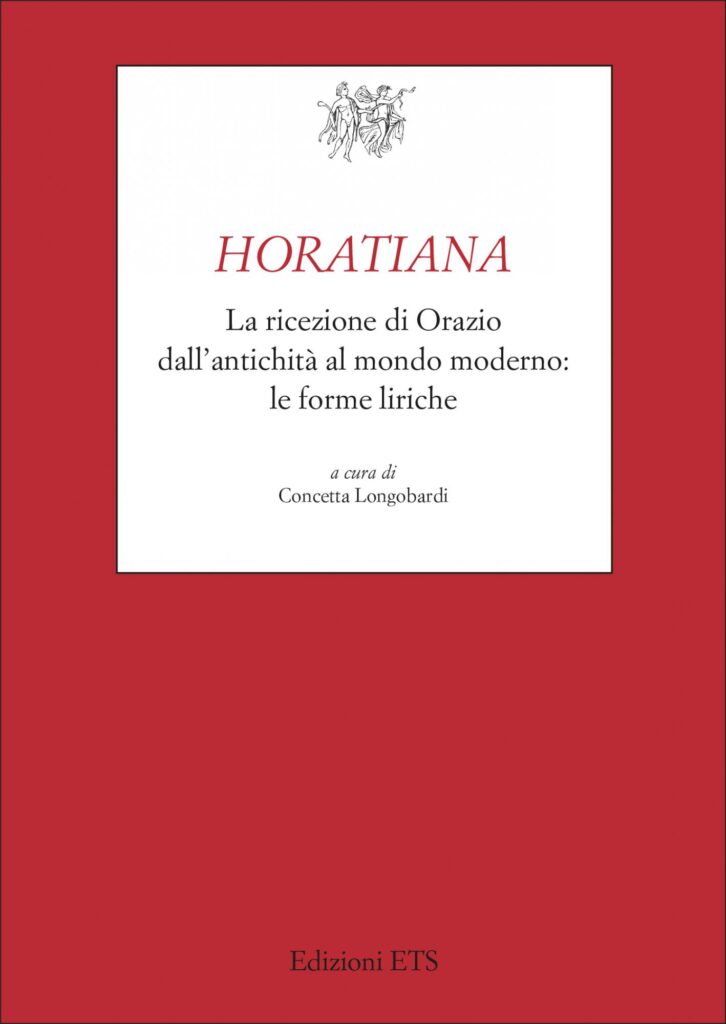Sidonius’ Presumed Epitaph: Two Manuscripts, Two Fragments of Stone, and Many Questions
The Sidonius Companion announced an article by Patrice Montzamir on the epitaph ‘attributed to Sidonius Apollinaris’ (p. 15 with n. 13). It is here now, finalised on behalf of the Companion project and published on the sidonapol.org website courtesy the author. It explores in depth all we know about the epitaph to reach the following conclusion:
Before the discovery of CP 347, the situation, as stated above, was relatively simple because we had only one witness of the full text of the epitaph attributed to Sidonius. With this new manuscript and its different readings, many questions have reappeared. I think there are serious reasons to doubt the dating given by the manuscripts. Firstly, because the date of the twelfth of the Kalends of September is only found in the martyrologies of Clermont and we have no proof of it before the tenth century, whereas the oldest martyrologies place Sidonius at the tenth. Secondly, because the text of the epitaph better suits Sidonius’ son, even though his biography is incomplete. Of course, without the full stone of the epitaph, we will never be totally sure. For the moment, weighing everything, I am inclined to think that the epitaph attributed to Sidonius is rather the epitaph of his son, Apollinaris, or maybe, but less probably, their shared epitaph.
The article also comprises several illustrations and tables as annexes. The entire dossier is available for download here.










